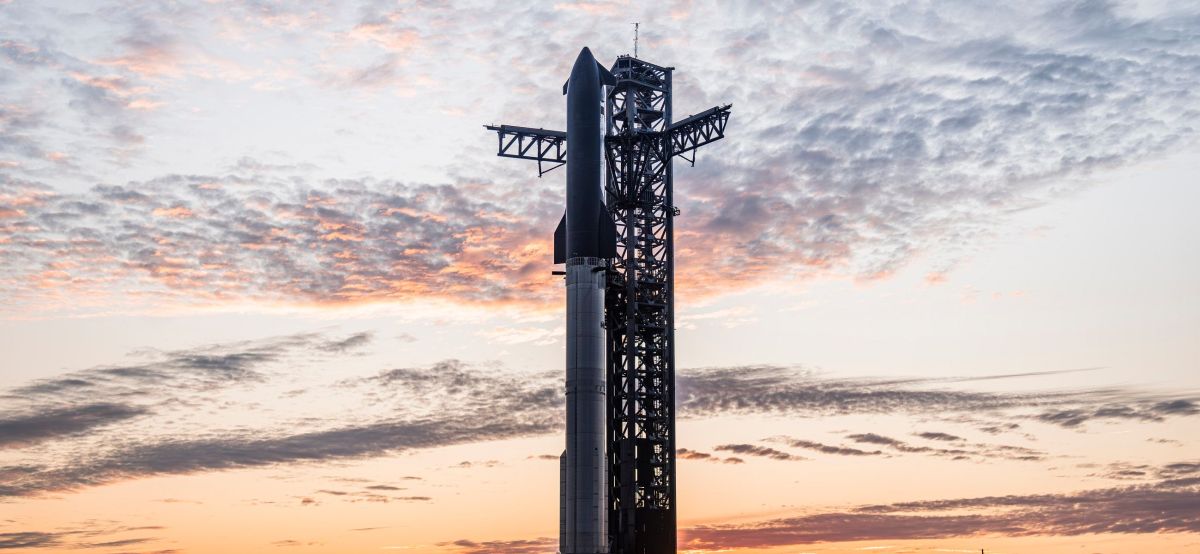SpaceX Starship Faces Second Straight Test Flight Failure: Spiraling Out of Control!
In a concerning development for SpaceX, the latest test flight of its Starship ended in failure as the spacecraft spiraled out of control during its ascent. This incident marks the second consecutive launch that has encountered a critical issue, raising questions about the reliability of the Starship program.
FAA Takes Action Following Starship Mishap
On Thursday, the Federal Aviation Administration (FAA) took precautionary measures, temporarily halting flights into major Florida airports due to concerns over potential “space launch debris.” The agency has mandated a **mishap investigation** into the latest failure, as confirmed to TechCrunch.
Flight Details and Technical Issues
SpaceX launched Starship using its Super Heavy booster, and for the first eight minutes, everything appeared to be progressing normally. The booster successfully returned to the launchpad in Texas, where it was caught by the launch tower for the third time. However, approximately eight minutes into the flight, the situation deteriorated quickly:
- Engine Failure: Multiple Raptor engines on the Starship ceased functioning.
- Loss of Control: The ship began spiraling uncontrollably over the ocean.
- Communication Loss: SpaceX confirmed they lost contact with the vehicle shortly thereafter.
Dan Huot, SpaceX communications manager, commented during the live broadcast, “We just saw some engines go out; it looks like we are losing attitude control of the ship.” Shortly after, videos surfaced on social media showing the spacecraft breaking apart over the Bahamas and the Dominican Republic.
Safety Protocols and Coordination
In response to the incident, SpaceX announced they began coordinating with safety officials to implement pre-planned contingency measures. The recent series of failures draws attention to SpaceX CEO Elon Musk’s controversial interactions with the U.S. federal government, particularly regarding his **Department of Government Efficiency**, which has seen employees deployed to the FAA, the overseeing body for SpaceX flights.
Aiming for Future Success with Starship
Despite this setback, SpaceX aimed to deploy four dummy versions of its Starlink satellites during this test flight, a crucial step toward utilizing Starship for commercial missions. The company’s strategy involves rapid test flights to gather insights from both successes and failures.
This failure follows closely on the heels of the seventh test flight, which also ended in disaster. That incident involved Starship breaking apart over the Turks & Caicos Islands, prompting the FAA to reroute several flights in the area.
Investigations and Improvements
Following the previous mishap, SpaceX conducted an investigation that revealed a propellant leak inside Starship, leading to fires and a communications blackout. In preparation for the latest flight, the company implemented several improvements:
- Enhanced fuel lines to prevent leaks
- Adjusted propellant temperature
- Installed additional vents and a new purge system
Previous test flights have also seen the Starship disintegrate during re-entry attempts. For the seventh test flight, SpaceX introduced changes aimed at improving the spacecraft’s re-entry capabilities.
SpaceX’s focus remains on understanding the **real-world limits of Starship** to eventually safely return it to the launch site for recovery. As stated in their update on X, “With Flight 8, we’re focused on finding the real-world limits of Starship so we can prepare to eventually return Starship to the launch site and catch it.”
This story will continue to be updated as more information becomes available, particularly regarding the FAA’s response and ongoing investigations.







